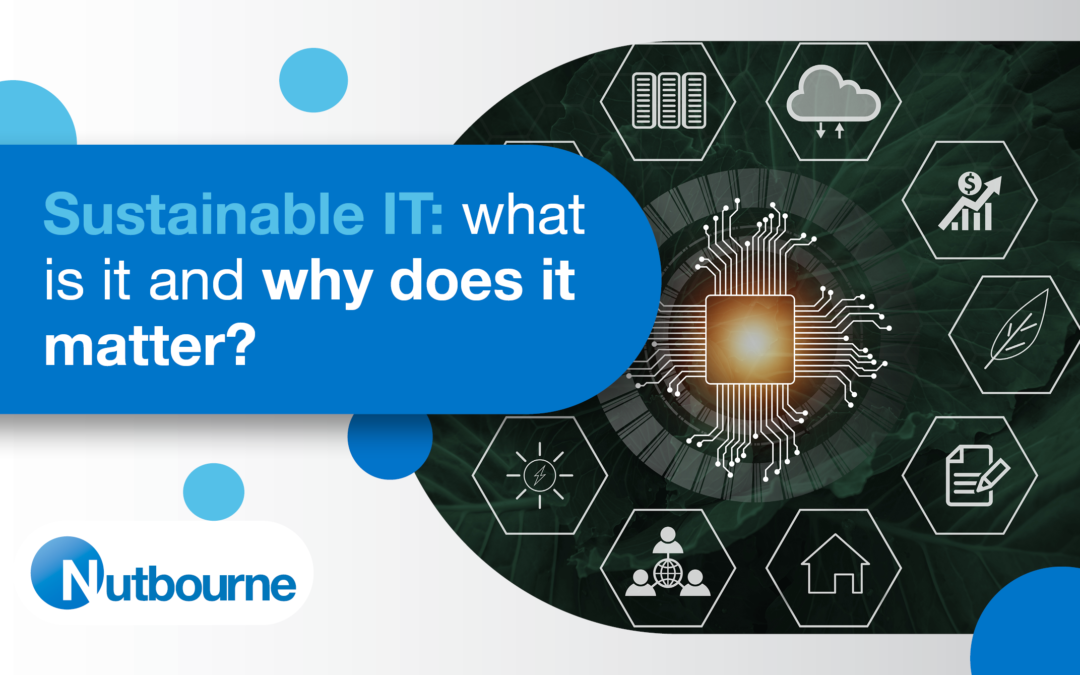Sustainability is the hot business topic right now, and for good reason. We can all make small changes that will improve environmental and social issues. And when we make small continuous efforts over time, these compound and lead to big changes in the long term.
Your IT is a good place to start because it encompasses almost every aspect of what it means to be sustainable. You have the environmental aspects of IT like energy use and product disposal, social aspects like ethical sourcing and creating social value, and the business aspects like managing risk and resources.
So what does this look like in practice? Let’s take your machines as an example.
On average, 270m laptops are made each year. But, in the EU alone 160,000 are disposed of every day, putting a strain on the environment and its resources. However, 70% of these laptops could be reused, refurbished or have parts repurposed, which would save natural resources and prevent perfectly good devices and parts from going to landfill.
Now, it’s sad that most of these products are designed for obsolescence and therefore cannot last forever; equally, we know that businesses cannot run without them. However, the solutions to this problem are remarkably simple.
Maintaining your machines can protect against deterioration and extend their life – most should last three to five years. By updating software you protect against viruses, while yearly servicing mitigates hardware failures. In the event the latter does occur, you should always repair and not replace it as your first port of call.
Of course, as a business you will want to grow; that will mean additional headcount and new tech to support the company, provide services and keep apace with developments in the field. An effective IT strategy helps to plan for that by forecasting growth and planning for the aforementioned needs. It means that physical and financial resources are used optimally, minimising waste and ensuring the long-term viability of the business.
We all know that technology evolves rapidly and that at some point the machines you use will no longer be fit for purpose. Thankfully, you don’t need to toss your old machines into a landfill. There are now plenty of providers who will take your old laptops, desktops, and mobile devices at the end of their life, and refurbish them or reuse their parts. This saves tonnes of natural resources, reduces carbon emissions, and prevents toxic waste from going to landfill. Moreover, many of these providers are part of schemes that re-supply refurbished machines and devices to developing and underprivileged nations – which creates social value.
Sustainability isn’t as hard as it seems and there are many business benefits. To find out how you can take a more sustainable approach to IT, visit Nutbourne.com

